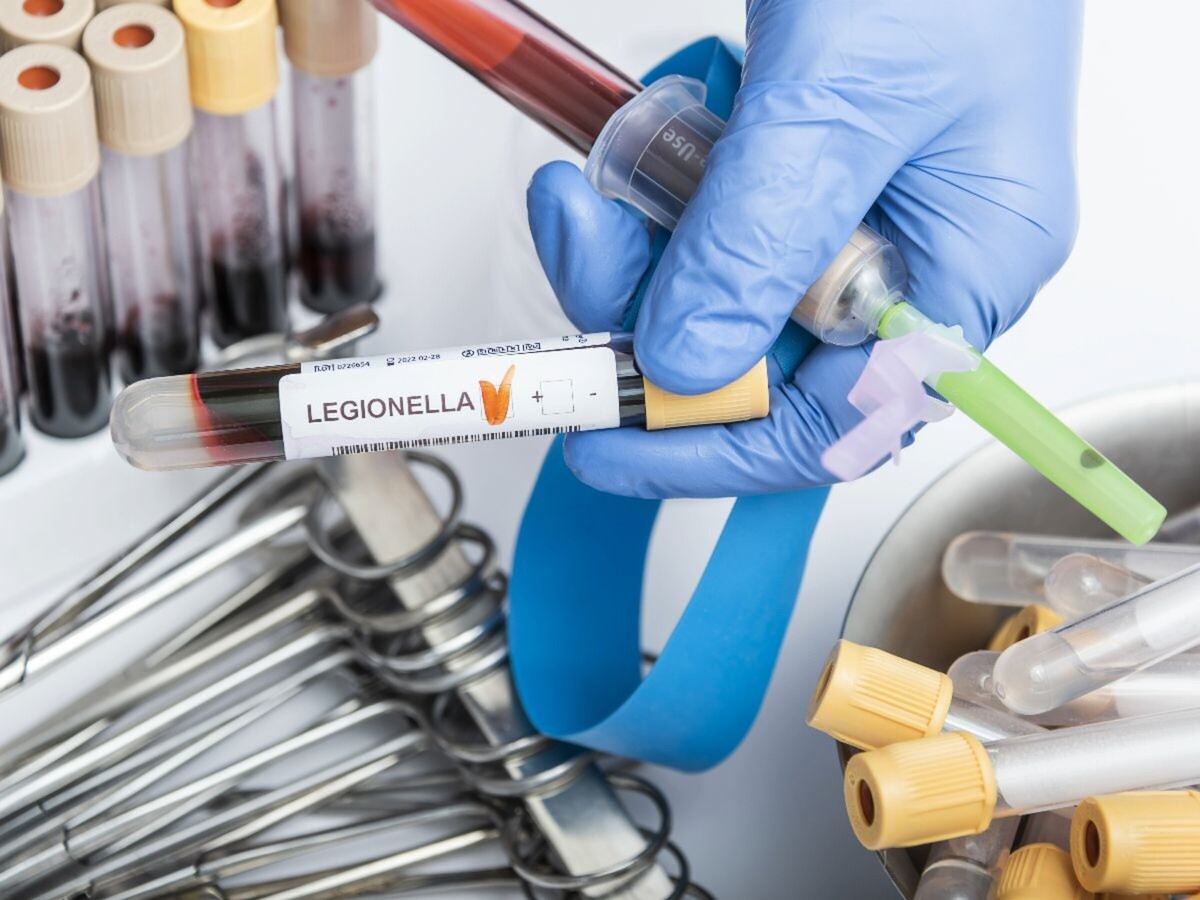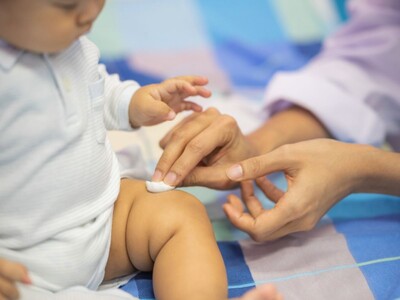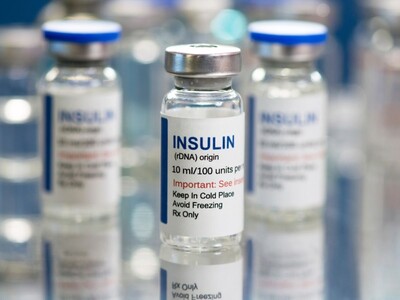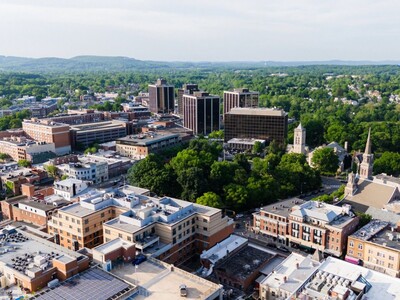Unusual Spike in Legionnaires’ Disease Prompts NJ Health Investigation in Middlesex and Union Counties
State Health Officials Urge Vigilance as Legionnaires’ Cases Rise Beyond Seasonal Norms
MORRISTOWN, NJ – The New Jersey Department of Health (NJDOH) has initiated a thorough investigation into a notable increase in Legionnaires’ disease across Middlesex and Union counties, urging locals experiencing related symptoms to seek immediate medical attention.
Reports confirm 21 and 20 cases in Middlesex and Union counties, respectively, with symptom onset ranging from August 3 to October 24, 2023 — significantly higher than the average six to eight cases typically recorded during this period annually.
NJDOH, alongside county health departments, is delving into the potential sources of the Legionella bacteria infections, although no common link has been identified yet.
The disease, akin to pneumonia and with symptoms that mirror COVID-19 and flu, is diagnosed through specific tests and can be treated effectively with antibiotics.
Acting Health Commissioner Dr. Kaitlan Baston emphasizes the importance of prompt diagnosis for effective treatment, assuring that while the risk remains low, vigilant health assessment for those with symptoms is crucial.
The disease predominantly affects individuals over 50, smokers, or those with chronic health conditions, and it cannot be spread from person to person.
The suspected vectors, aerosolized water systems like cooling towers and decorative fountains, are under scrutiny, with owners and operators advised to rigorously maintain and test their systems to prevent Legionella proliferation. The NJDOH recommends adherence to CDC guidelines for systems testing positive for the bacteria, with further guidance available on both NJDOH and CDC websites.
Investigations into the outbreak sources continue, with NJDOH committed to identifying and remedying any potential points of exposure. This comes as part of NJDOH’s regular monitoring and response to the 250-375 cases of Legionnaires’ disease reported annually in the state.














